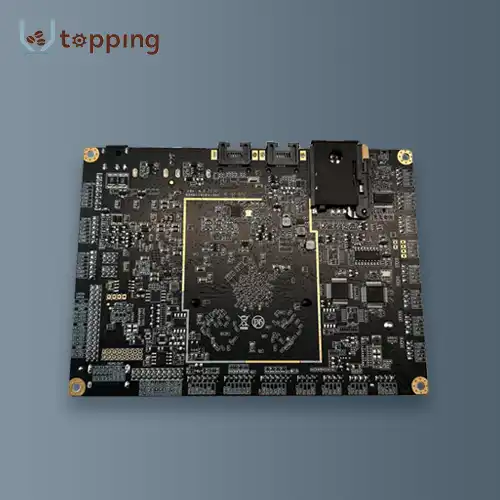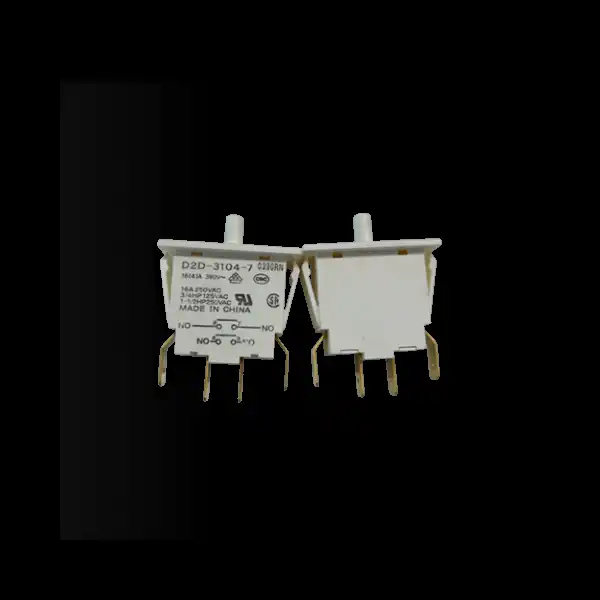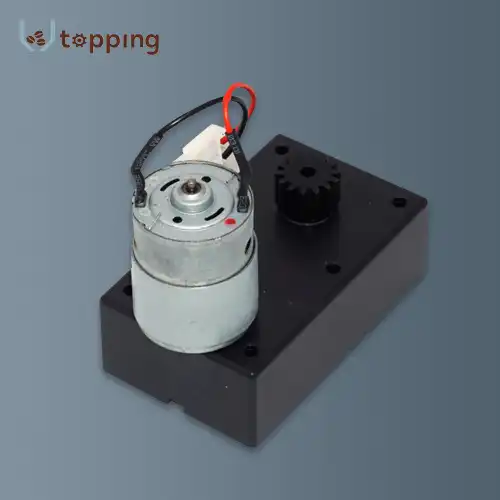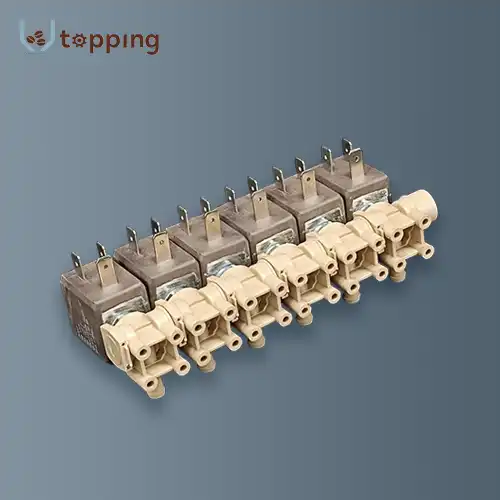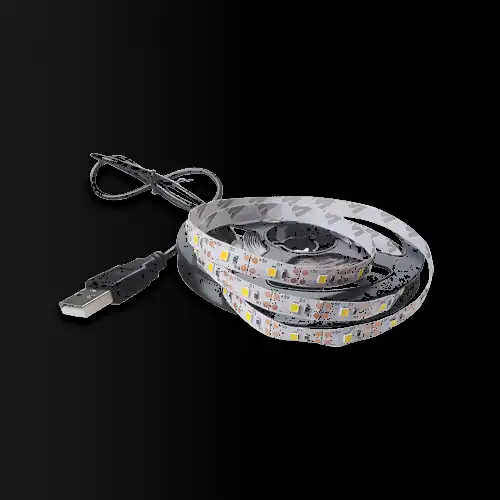How to clean coffee bean hopper
2024-12-02 10:57:10
Coffee lovers know that a great cup of joe starts with high-quality beans and proper equipment maintenance. One often overlooked component of coffee machines is the coffee bean hopper - the container that holds and dispenses whole coffee beans into the grinder. The bean hopper plays a crucial role in preserving the freshness and flavor of your coffee beans, as well as ensuring smooth operation of your coffee maker or espresso machine.
Regular cleaning of your coffee bean hopper is essential for several reasons. First, it helps maintain the quality and taste of your coffee by preventing the buildup of oils and residue that can turn rancid over time. Second, a clean hopper ensures proper bean flow and prevents clogs that can affect grinding consistency. Lastly, regular maintenance extends the lifespan of your coffee machine and keeps it running efficiently.
Cleaning Frequency
The frequency with which you should clean your coffee bean hopper depends on several factors, but as a general rule, a thorough cleaning every 1-2 weeks is recommended for home users. For commercial settings or heavy use, more frequent cleaning may be necessary.
Several factors can affect how often you need to clean your bean hopper:
•Usage: The more coffee you make, the more often you'll need to clean the hopper. High-volume coffee shops may need to clean their hoppers daily or every few days.
•Bean type: Oily, dark roast beans tend to leave more residue than lighter roasts, necessitating more frequent cleaning.
•Environment: Humidity and temperature can affect how quickly oils and residues accumulate in the hopper.
•Storage time: If beans sit in the hopper for extended periods, they can leave more oils behind, requiring more frequent cleaning.
It's important to note that these are general guidelines. Pay attention to your specific machine and adjust your cleaning schedule as needed. If you notice any off-flavors in your coffee, difficulty in bean flow, or visible residue in the hopper, it's time for a cleaning regardless of the schedule.
Preparation
Before you begin the cleaning process, it's essential to properly prepare your coffee machine and work area. Follow these steps to ensure a safe and effective cleaning process:
•Turn off and unplug the machine: Safety first! Make sure your coffee maker or espresso machine is completely powered down and unplugged from the electrical outlet.
•Allow the machine to cool: If you've recently used the machine, give it time to cool down completely before starting the cleaning process.
•Disassemble the machine: Refer to your machine's user manual for specific instructions on how to remove the bean hopper. Most hoppers are designed to be easily detachable for cleaning purposes.
•Remove remaining coffee beans: Empty the coffee bean hopper of any remaining beans. You can store these in an airtight container for later use or discard them if they're old.
•Gather cleaning supplies: You'll need a soft, dry brush (like a pastry brush or soft-bristled toothbrush), a clean, lint-free cloth, warm water, and mild dish soap. Some manufacturers recommend specific cleaning solutions, so check your user manual.
•Prepare your work area: Choose a clean, well-lit space with enough room to lay out all the parts of your hopper. A large towel or paper towels can help protect your work surface.
By taking these preparatory steps, you'll set yourself up for a smooth and efficient cleaning process.

Step-by-step Instructions
Now that you're prepared, let's dive into the cleaning process. We'll cover both dry brushing for regular maintenance and wet cleaning for a more thorough cleanse.
•Dry brushing steps:
①Start with the empty hopper and use your soft brush to gently sweep away any loose coffee grounds or debris from the interior surfaces.
②Pay special attention to corners and crevices where residue tends to accumulate.
③If your hopper has a sliding mechanism or chute, make sure to brush these areas thoroughly.
④Use a clean, dry cloth to wipe down the interior and exterior surfaces of the coffee bean hopper.
⑤Inspect the hopper for any remaining debris and repeat the brushing if necessary.
•Wet cleaning steps:
① Fill a sink or large bowl with warm water and add a small amount of mild dish soap.
②Submerge the hopper in the soapy water and use a soft cloth to gently clean all surfaces.
③For stubborn residue, let the hopper soak for a few minutes before scrubbing gently with a soft brush.
④Rinse the hopper thoroughly with clean, warm water to remove all soap residue.
⑤ Dry the hopper completely with a cl
ean, lint-free cloth or allow it to air dry.
⑥Once dry, use a clean, dry cloth to buff the surfaces and remove any water spots.
•Dealing with difficult-to-remove grease:
If you encounter stubborn oil buildup or grease that won't come off with regular cleaning, try these methods:
①Create a paste using baking soda and water. Apply this to the greasy areas and let it sit for a few minutes before scrubbing gently with a soft brush.
②For plastic coffee bean hopper, a solution of equal parts white vinegar and warm water can help cut through grease. Soak the hopper in this solution for about 15 minutes, then scrub and rinse thoroughly.
③For particularly stubborn residue, you may need to use a specialized coffee equipment cleaner. Always follow the manufacturer's instructions and ensure the cleaner is safe for use on your specific hopper material.
Remember, never use abrasive materials or harsh chemicals on your coffee bean hopper, as these can damage the surface and potentially contaminate your coffee beans.
Preventive Measures
While regular cleaning is essential, there are several preventive measures you can take to keep your coffee bean hopper in top condition and reduce the frequency of deep cleaning:
•Daily maintenance tips:
①Empty the hopper daily: At the end of each day, empty any remaining be5ans from the hopper. This prevents oils from building up and keeps your beans fresher.
②Quick brush: Give the empty hopper a quick brush with a soft, dry brush to remove any loose grounds or debris.
③Wipe down: Use a clean, dry cloth to wipe the interior and exterior of the hopper daily.
④Check for moisture: Ensure the hopper is completely dry before refilling with beans to prevent mold growth.
•Ways to avoid excessive grease accumulation:
①Use fresh beans: Older beans tend to be oilier and leave more residue. Use fresh beans and buy in smaller quantities to ensure you're always using the freshest beans possible.
②Choose your roast wisely: Darker roasts tend to be oilier than lighter roasts. If you're having issues with excessive oil buildup, consider switching to a medium or light roast.
③Store beans properly: Keep your coffee beans in an airtight container in a cool, dry place. This helps prevent the beans from becoming overly oily before they even reach the hopper.
④Avoid overfilling: Only fill the hopper with the amount of beans you expect to use in a day or two. This reduces the time beans spend in the hopper, limiting oil buildup.
⑤Regular cleaning schedule: Stick to a regular cleaning schedule to prevent oils and residues from building up over time.
By implementing these preventive measures, you can maintain a cleaner hopper, ensure better-tasting coffee, and potentially extend the time between deep cleanings.
Coffee Bean Hopper Manufacturers
The quality and design of your coffee bean hopper can significantly impact its performance and ease of cleaning. Topping Motor is a manufacturer with over 10 years of experience in producing coffee bean hoppers. They offer a range of hoppers designed for easy maintenance and durability.
When choosing a coffee bean hopper manufacturer, consider factors such as the material used (food-grade plastics or stainless steel), ease of disassembly for cleaning, and compatibility with your specific coffee machine model. If you're in the market for a new coffee bean hopper or looking to upgrade your current one, you can contact Topping Motor at sales@huan-tai.org for more information about their products.
Remember, a well-designed hopper can make the cleaning process much easier and help maintain the quality of your coffee. However, even the best hopper requires regular maintenance to perform optimally.
References:
1. Specialty Coffee Association. (2021). "The Importance of Equipment Cleanliness in Coffee Preparation."
2. National Coffee Association USA. (2022). "Coffee Equipment Cleaning and Maintenance Guide."
3. Bezzera USA. (2023). "How to Clean Your Espresso Machine's Bean Hopper."
4. Seattle Coffee Gear. (2022). "Maintaining Your Coffee Grinder: A Complete Guide."
5. Perfect Daily Grind. (2023). "The Impact of Cleanliness on Coffee Quality."
6. Home Barista. (2021). "Coffee Bean Hopper Cleaning Techniques: User Forum Discussions."
Send Inquiry
Related Industry Knowledge
- How Often Should You Replace Coffee Vending Machine Spare Parts?
- Touch screen for vending machine
- Why is Hygiene Important in Vending Machine Cup Dispensers?
- How does a coffee brewing Unit work?
- Coffee machine pump repair
- What does a Coffee Vending Machine Ingredient Canisters do?
- What measures does Vending Machine Camera take in terms of data security?
- How Do Coffee Vending Machine Mixing Systems Ensure Consistent Flavor?
- What are the features of the Vending Machine Camera?
- What is a Valve Coffee Machine?

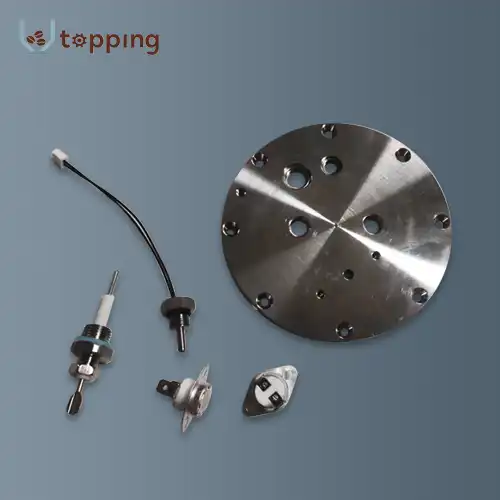
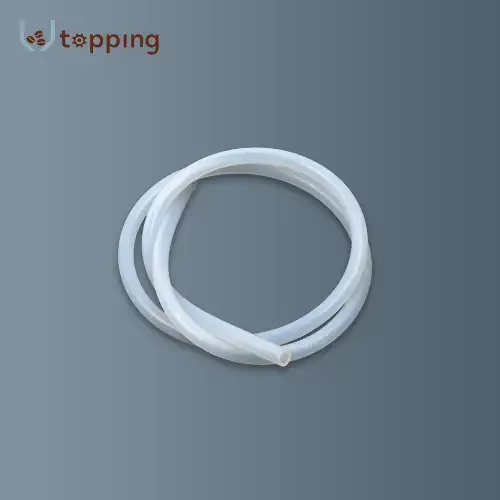
.webp)
